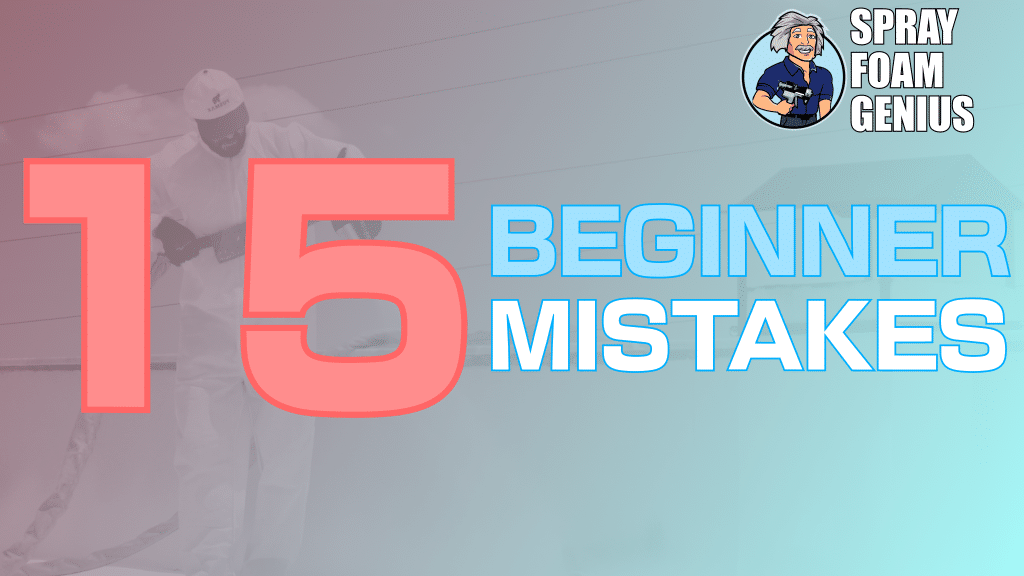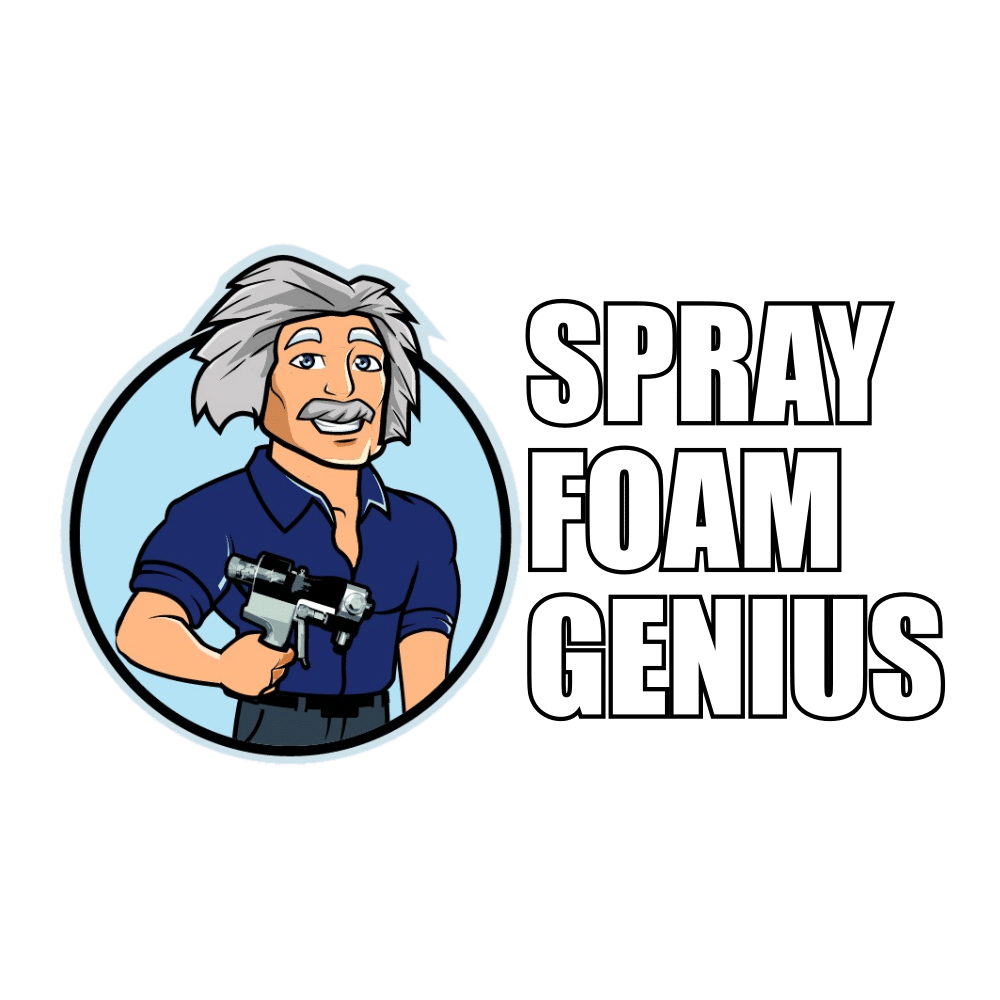
Spray foam insulation has gained immense popularity recently due to its ability to provide unmatched thermal insulation and energy efficiency. It is a preferred choice for homeowners, contractors, and builders alike. However, like any other construction project, spray foam insulation installation can only go right if handled by experienced and knowledgeable professionals. This blog article will uncover the 15 most common mistakes beginner spray foam applicator s make. While it is essential to acknowledge that not all novice applicator s make these errors, these missteps tend to occur more frequently among those who lack experience in this field. By identifying these beginner mistakes, we aim to educate homeowners and builders about the risks and challenges of hiring inexperienced spray foam applicator s. With this information, you can make an informed decision and ensure that your insulation project is completed efficiently, effectively, and without any untoward issues. Whether you are a homeowner considering spray foam insulation for your property or a contractor aiming to provide top-notch services, understanding these common mistakes will help you avoid unnecessary headaches and achieve the best possible outcome.
Now, let’s dive into the 15 beginner mistakes you should know.
- Neglecting prep work: Thoroughly cleaning an area before coating it in foam is essential; otherwise, debris, dust, or moisture may compromise the quality of the insulation applied. Also, it’s always good to prep the work section and add proper plastic and taping preparation.
- Taking inaccurate measurements: Accurate measurements are needed to calculate how much material should be used – too little could leave weak spots, while too much would unnecessarily waste resources and money.
- Improper mixing ratio: The chemicals must adhere precisely to manufacturer recommendations if proper consistency is desired during application processes.
- Proper ventilation ignored: Without sufficient air circulation, harmful fumes from materials can spread through buildings and pose risks to occupant’s health.
- Inadequate application technique: Poor distribution of material due to inexperience leads to uneven coverage, leaving gaps where heat escapes quickly, resulting in higher utility bills at month’s end.
- Ignoring thickness requirements: Every building has different needs depending on location, such as walls requiring thicker layers than roofs, etc. Experienced installers know precisely what kind each part requires. In contrast, beginners might lack this knowledge, leading them astray
- Insufficient protective gear worn: Using masks, gloves & goggles protects both homeowner & service provider against hazardous effects caused by exposure.
- Wrong types chosen: Various types exist, some better suited than others for specific applications, open cell versus closed cell being prime examples.
- Cavities filled incorrectly: either overfilled, damaging structures beneath, OR underfilled, allowing cold drafts to escape, rendering them ineffective.
- Cleanup should have been addressed after completion. Foam residues not removed promptly become almost impossible to clean later, making the space look unprofessional.
- Lack of knowledge about local codes. Every geographical region enforces its regulations regarding safety standards involving installations like these.
- Rushing jobs done faster often means: rush jobs create more harm than good.
- Communication lacking between parties: Clear communication is necessary to ensure no misunderstandings arise, causing delays and hindering progress
- Warranty inadequately provided warranty key, ensuring defects were fixed without charges falling back onto the customer. However, novice contractors need to set out terms and conditions here correctly.
- Lacking relevant certifications and training: required to specialize in working safely and efficiently, newcomers are unable to guarantee the same certified, experienced staff. By familiarizing yourself with these missteps, you’ll have a better chance of selecting a knowledgeable, trustworthy professional who meets all your spraying demands!
In conclusion, it is normal for beginners to make mistakes in any endeavor, and starting as a spray foam contractor is no exception. However, by being aware of these common errors and taking proactive measures to avoid them, you can significantly enhance your skills, reputation, and overall success in the industry. Remember, even the most experienced professionals were once beginners themselves. So, never be discouraged by setbacks; instead, use them as opportunities for growth and improvement. If you need assistance marketing your spray foam business, do not hesitate to contact our team genius’s. We are here to support you and help you achieve your business goals. Click here to contact us!

Spencer is a Google ranking expert and SEO consultant who has helped businesses in the spray foam marketing industry achieve their online marketing goals. Spray Foam Genius Marketing has a proven track record of success, having achieved some impressive results for his clients.

